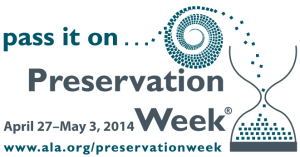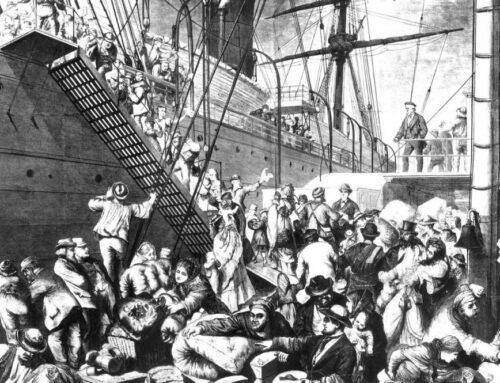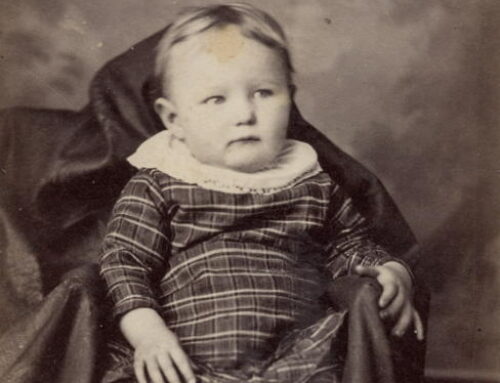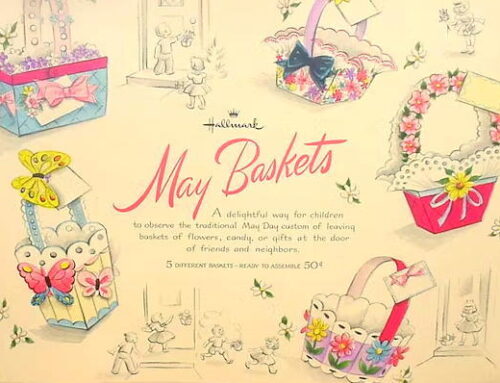 Today’s Preservation Week 2014 Audiotapes post is the fourth of five this week.
Today’s Preservation Week 2014 Audiotapes post is the fourth of five this week.
Today’s post – preservation of audio cassette tapes – was written by Amy Kohlstedt and Sara Doyle, of the Iowa Conservation and Preservation Consortium. With proper care, they estimate the audio cassette tapes have a life expectancy of up to 30 years. Use these tips for proper care:
Tip #1—Recording. Always use new, high quality, brand name tapes, 90 minutes or shorter (60 preferred). Longer tapes are less durable. Use cassettes that are screwed together instead of welded. Avoid chromium dioxide tapes; they don’t last as long. Record on one side only to prevent the sound on one layer of tape being imprinted onto the next. Tapes should be labeled using non-solvent-based or water-based felt-tip permanent markers.
Tip #2—Storage. Fast-forward and rewind the tapes before storage – make sure that the tapes are correctly wound evenly and smoothly onto the cassettes. Store all tapes vertically in acid free protective boxes or containers. Store in an area where the temperature stays lower than 70F (21C). Avoid temps below freezing. Humidity should be between 20-40 percent RH (relative humidity). Do not store on wood shelving or in a basement or attic.
Tip #3—Environment. Keep your audio cassette collection in a cool, dry, dust-free environment with no moisture. Store away from direct sunlight and fluorescent light. Do not store near combustibles like wood or cardboard. Avoid subjecting tapes to rapid temperature changes. Allow acclimatization before playing at four hours for every 18
degrees F difference betweeen room and storage temperatures.Tip #4—Handling cassette tapes. Make sure your hands are clean and free from oil, grease, and sweat before handling the tapes and make sure the area you are working in is free of dust. Do not touch playing surfaces; handle the cassette tapes by their outer casings. Wear gloves when handling original tapes. Do not operate or store cassette tapes near high magnetic fields or high vibrations.
Tip #5—Cleaning. Clean tape surfaces using a product such as 3M “Tape Cleaning Fabric,” this soft fabric product will pick up loose debris commonly found on tape surfaces after being dislodged by the fabric fibers. Clean equipment (tape heads, guides, etc.) often and thoroughly with isopropyl alcohol and cotton swabs.
Tip #6—Precautions. Do not reuse old tapes. Before recording, fast forward to the end and back to relieve stress. Push out the lugs (small squares found at the top corners of cassette tapes) after recording; this prevents the material from being taped over. Play tapes through every few years to check their condition and to minimize any sticky shed symptoms (tendency for the layers to stick together).
Tip #7—Making repairs. Sometimes a problem cassette can be salvaged by playing it on a professional tape deck. If a tape has been subjected to a high temperature, cool it under 68F for a few days and then rewind it to relieve stress. If the tape has been subjected to moisture or submerged in water it is best to consult with a preservation librarian or conservator.
Tip #8—Tape recorders. Always keep the tape path components clean. Keep recorder out of direct sunlight. Cover recorder with dust cover. Clean the heads every 100 hours in order to demagnetize them. After 1000 hours of use have the recorder checked for worn guides, worn heads, and proper tension. Most problems, such as tapes being “eaten,” arise when tape recorders create poor tape guiding, speed variations, and poor tension.
Tip #9—Reformatting. It is best to create two copies of each recording. One is the master copy, a copy of the original audiocassette on ¼”, 1.5 mil, reel-to-reel polyester tape. The master is used to make copies. The second copy is made for use and reference and is a digitized copy of the master saved onto a CD-ROM for access.
That’s it for today’s Preservation Week 2014 Audiotapes post. Check tomorrow for more preservation tips.






Leave a Reply